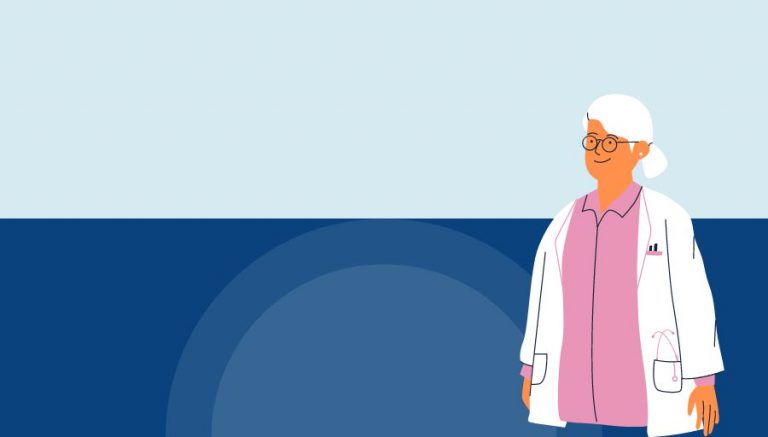How To Use CPT Code 97012
CPT 97012 describes the application of a modality to one or more areas, specifically traction using mechanical techniques. This article will cover the description, procedure, qualifying circumstances, appropriate usage, documentation requirements, billing guidelines, historical information, similar codes and billing examples.
1. What is CPT Code 97012?
CPT 97012 can be used to describe the application of mechanical traction as a modality to one or more areas of the body. This code is used when a healthcare professional applies a gentle pulling force or weight to the vertebrae, relieving pain, widening intervertebral foramen, and increasing circulation and fluid movement within spinal discs. Mechanical traction is commonly used to treat conditions such as herniated discs, general neck, arm, leg, and back pain, carpal tunnel syndrome, and more.
2. Official Description
The official description of CPT code 97012 is: ‘Application of a modality to one or more areas; traction, mechanical.’
3. Procedure
- Before starting the therapy, the healthcare professional carefully evaluates the patient to determine the type of traction, the amount of weight to be applied, and the duration of the treatment.
- For cervical traction, a mechanical traction device is used. The patient lies on their back, and a head halter is placed under the back of the head and jaw, attached to a machine. A specific time period and weight for the pulling action are set.
- For lumbar traction, a motorized split-traction table is used. The patient is placed in a pelvic harness secured to one end of the table. Some motorized units are programmed to maintain the traction session.
- The traction can be applied continuously for the specified time or intermittently during the treatment session.
- Following each session, electrical muscle stimulation may be applied to relax the muscles and ligaments.
- Expert supervision is essential to ensure the therapy session is relaxing and does not cause additional strain or pain.
4. Qualifying circumstances
CPT 97012 is used for patients who require mechanical traction as part of their treatment plan. The healthcare professional must carefully assess the patient’s condition, disorder, tolerance level, and the specific spinal level to be treated. Mechanical traction may be applied intermittently or as a continuous force, depending on the patient’s needs. It is important to note that this code is modifier 51-exempt.
5. When to use CPT code 97012
CPT code 97012 should be used when a healthcare professional applies mechanical traction to one or more areas of the body as part of the patient’s treatment plan. It is important to ensure that the treatment is necessary and appropriate for the patient’s condition. This code should not be used for other modalities or treatments that do not involve mechanical traction.
6. Documentation requirements
To support a claim for CPT 97012, the healthcare professional must document the following information:
- Patient’s diagnosis and the need for mechanical traction
- Specific details of the traction technique used
- Date and duration of each treatment session
- Specific areas of the body where traction was applied
- Progress made by the patient and any adjustments to the treatment plan
- Signature of the healthcare professional providing the service
7. Billing guidelines
When billing for CPT 97012, ensure that the healthcare professional providing the service applies mechanical traction to one or more areas of the body. It is important to follow the specific guidelines for reporting this code and any associated modifiers. Additionally, consider any other codes that may need to be reported in conjunction with CPT 97012, and ensure accurate and complete documentation to support the claim.
8. Historical information
CPT 97012 was added to the Current Procedural Terminology system on January 1, 1990. The code underwent a change on January 1, 2009, with the description being updated to ‘Application of a modality to one or more areas; traction, mechanical.’
9. Examples
- A patient with a herniated disc receiving mechanical traction to relieve pain and increase circulation in the affected area.
- A patient with carpal tunnel syndrome undergoing mechanical traction to alleviate symptoms and improve mobility in the wrist.
- A patient with chronic neck pain receiving mechanical traction to widen intervertebral foramen and reduce nerve root impingement.
- A patient with general back pain undergoing mechanical traction to decompress the spine and improve spinal alignment.
- A patient with leg pain due to sciatica receiving mechanical traction to relieve pressure on the affected nerve.
- A patient with degenerative joint disease (DJD) receiving mechanical traction to alleviate pain and improve joint mobility.
- A patient with arm pain due to a pinched nerve receiving mechanical traction to relieve pressure on the affected nerve.
- A patient with a herniated disc in the lumbar region undergoing mechanical traction to reduce pressure on the affected disc and alleviate pain.
- A patient with a sports-related injury receiving mechanical traction to promote healing and reduce inflammation in the affected area.
- A patient with chronic shoulder pain undergoing mechanical traction to improve range of motion and reduce discomfort.



